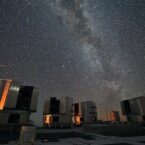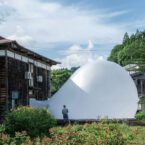
A California Superbloom Is Springing to Life and the Best is Yet to Come, thanks to the drenching rains and record snowfall that characterized the state’s 2022-2023 winter season, persisting throughout the year. By September, typically the apex of dryness and fire risk, the entire state was deemed free from drought conditions. With this abundance of water, experienced Californians anticipated a spectacle in the making—a super bloom. This informal term signifies an explosion of wildflower blooms following particularly wet winters, a phenomenon California has recently witnessed on a grand scale, with some events visible even from space. Last year’s display was hailed as breathtaking, among the most dramatic ever seen, and this year holds similar promise. However, certainty awaits until April, the usual peak of blooming, when flowers unveil their vibrant hues across the higher-elevation deserts.

“It’s definitely looking like it’s going to be a good season,” remarked Evan Meyer, a botanist and Executive Director of the nonprofit Theodore Payne Foundation. “Last year was incredible, one of the best blooms in many years.” Already, splashes of color are appearing in California’s Anza-Borrego Desert State Park, Chino Hills State Park, and Tule Elk State Natural Reserve. The extent of this year’s spectacle hinges on weather conditions, with a perfect balance of moisture and heat poised to transform many more areas into kaleidoscopic landscapes. Among the myriad flower species adorning the terrain are desert sand verbena, sage, dune evening primrose, and California poppies, the latter particularly sensitive to temperature fluctuations. Uncertainty looms over Antelope Valley California Poppy Reserve, where the explosion of poppies witnessed last year may or may not repeat due to the timing of recent rainfall. Superblooms are not exclusive to California; neighboring desert states like Nevada and Arizona, along with Death Valley National Park, also partake in these spectacular displays of nature’s bounty.



















